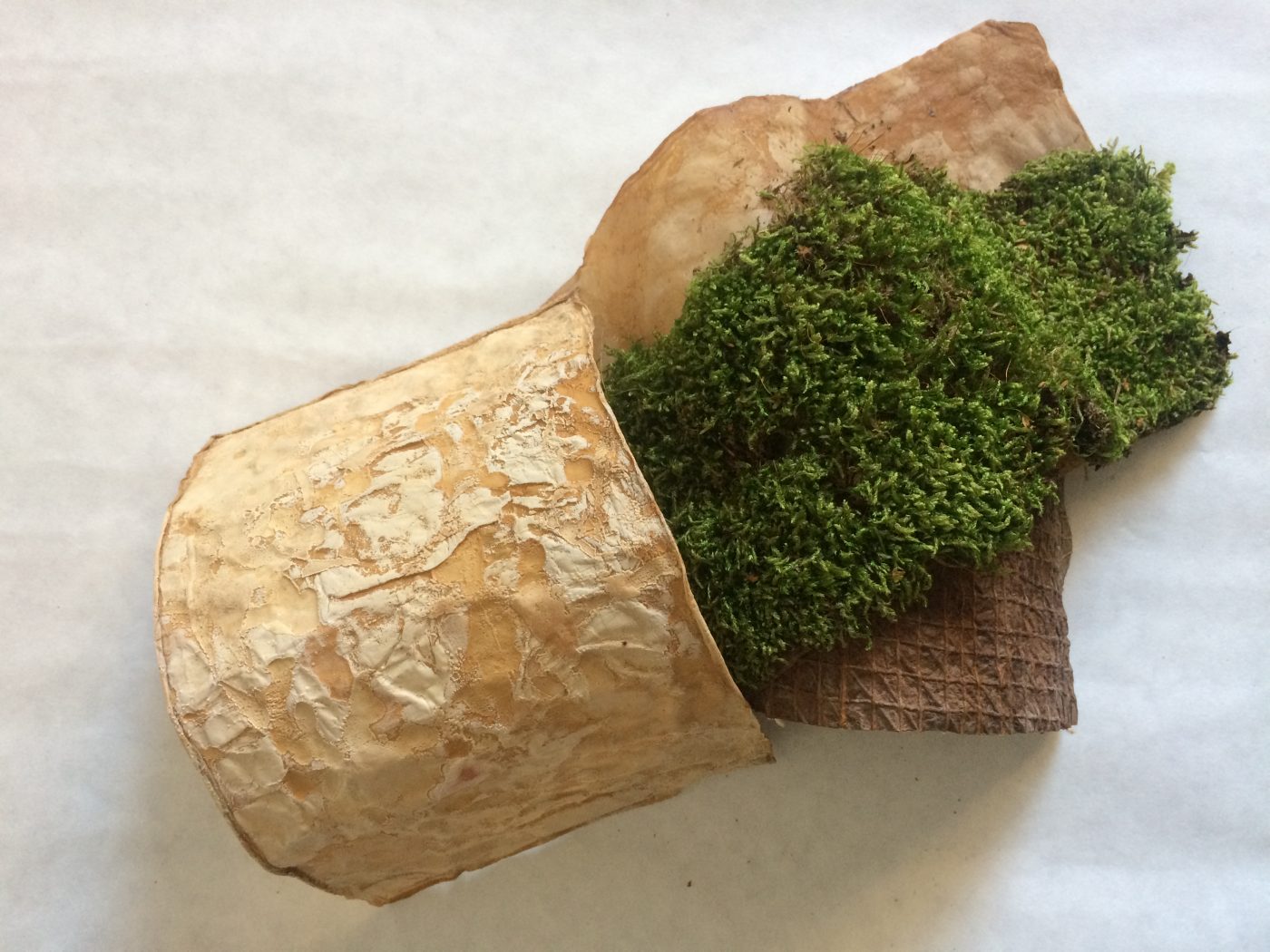
|
|
# 2021 Bacterial cellulose for architecture |
|
Bacterial cellulose for architecture is a biodegradable material based on biomaterials generated by bacterial growth. It has stronger properties than plant cellulose and is being develop for architectural applications such as facades, furniture and green walls.
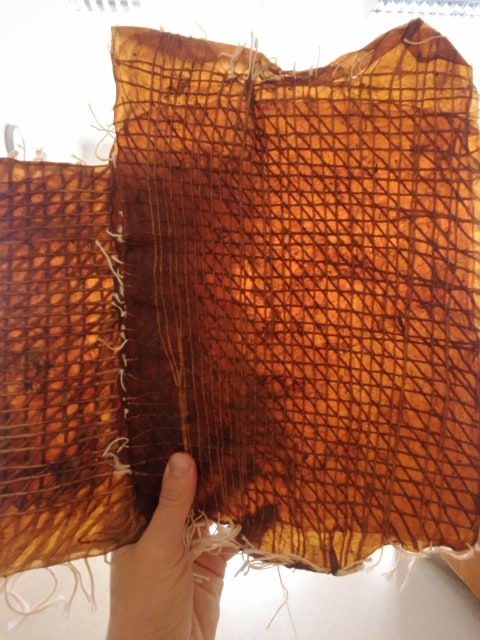
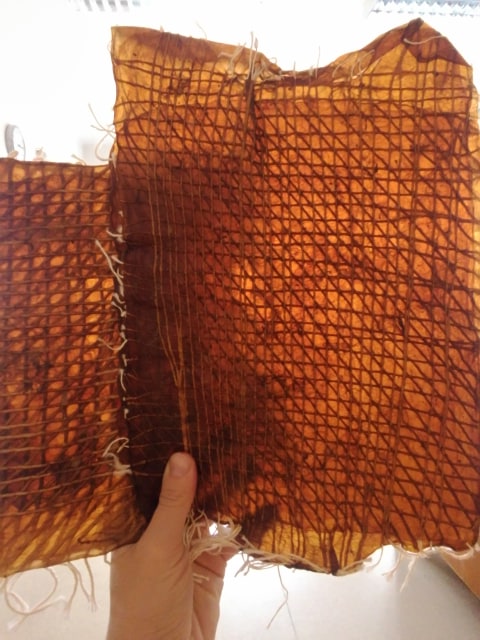
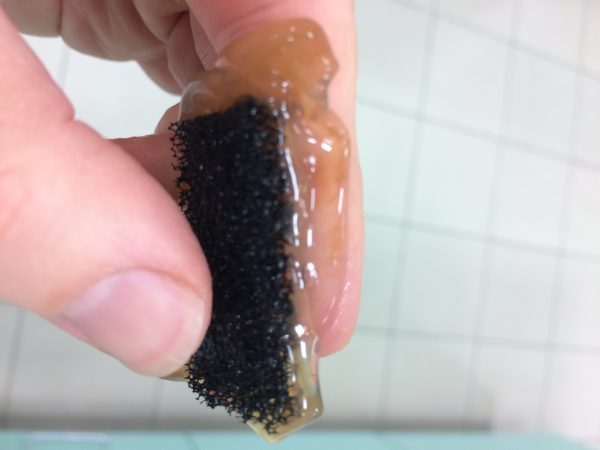
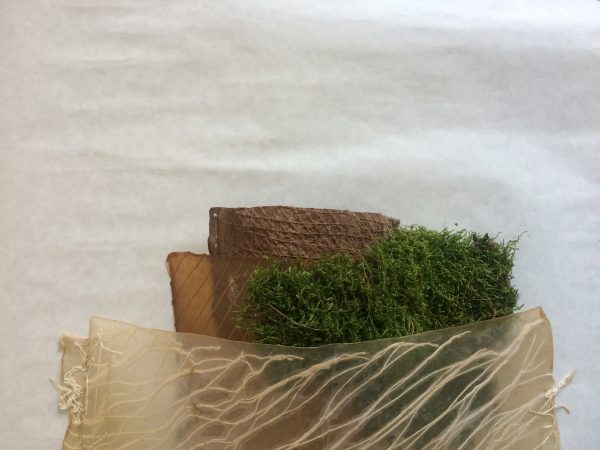
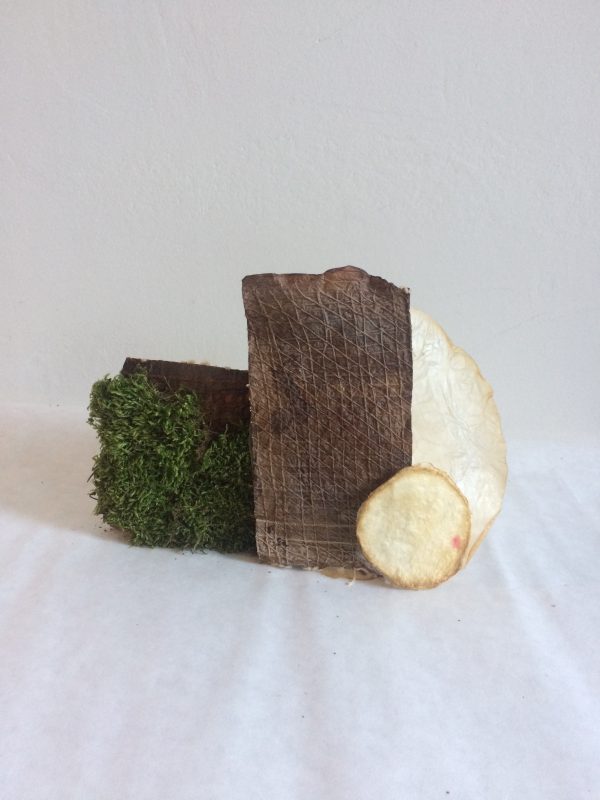
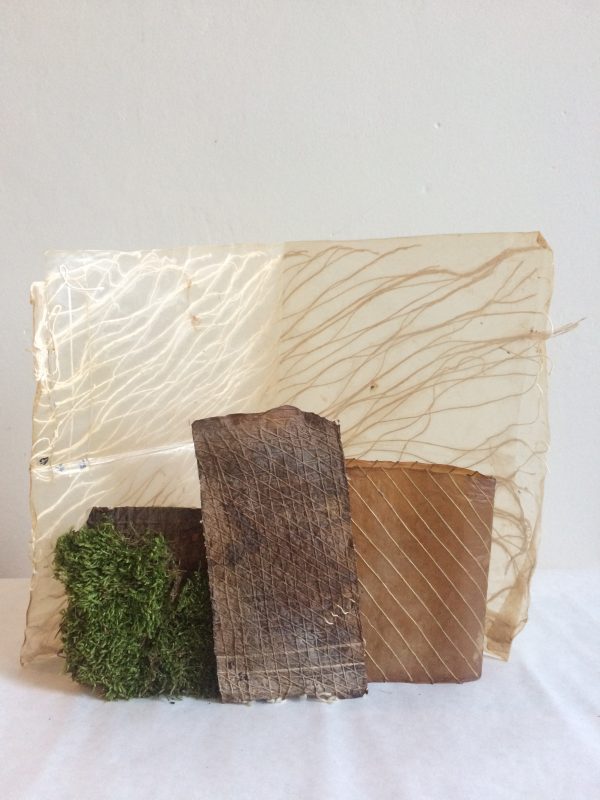
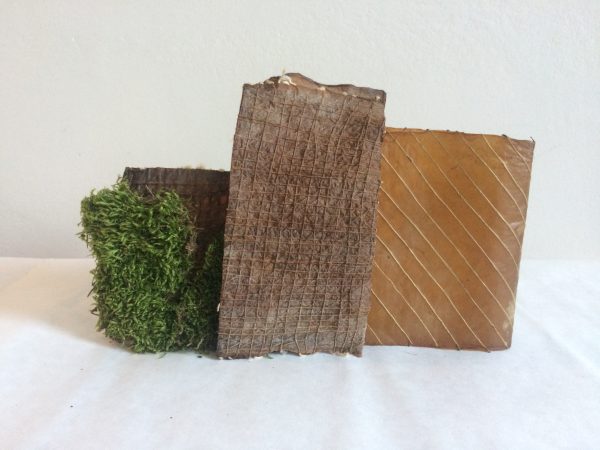
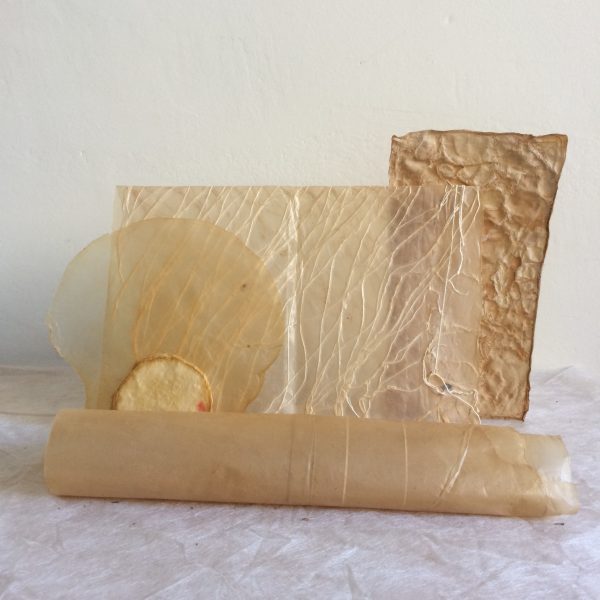
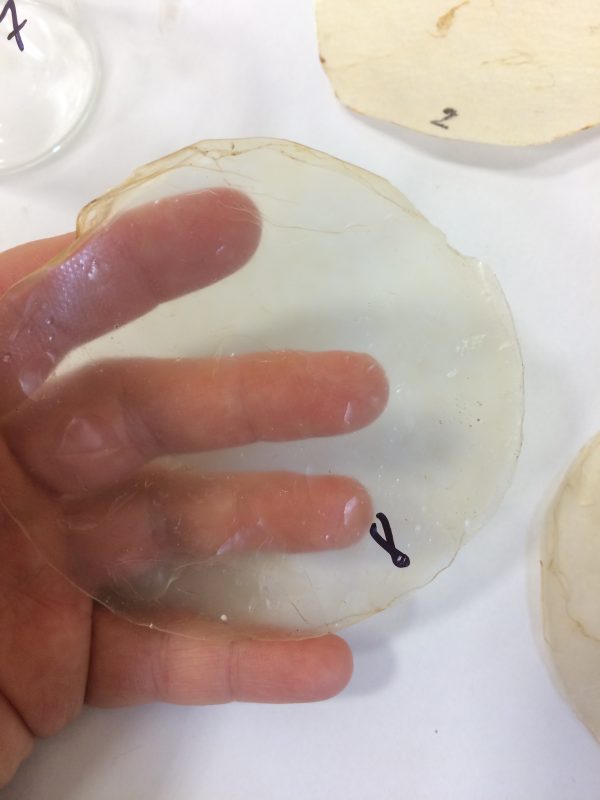
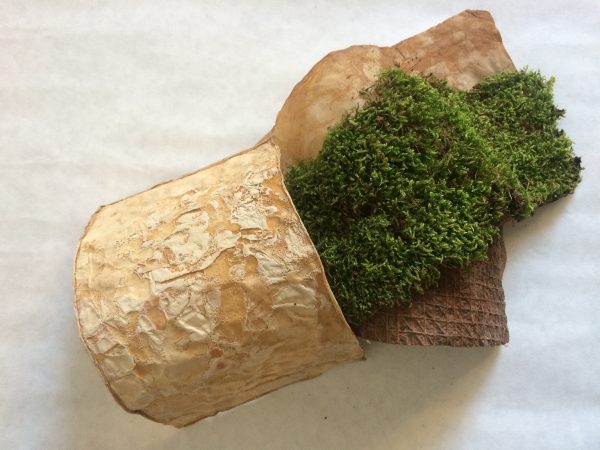
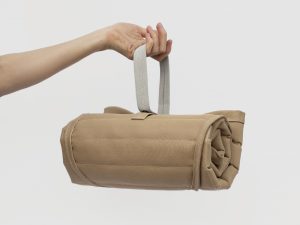
ECAL, Lausanne University of Art and Design
A portable and adaptable baby nest made from safe biomaterials
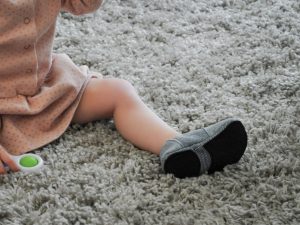
Howest, de Hogeschool West-Vlaanderen (HOWEST)
Long lasting baby shoes that grow along with their feet